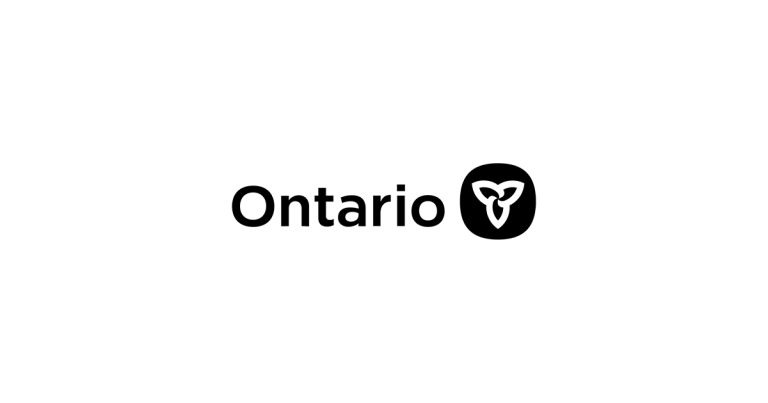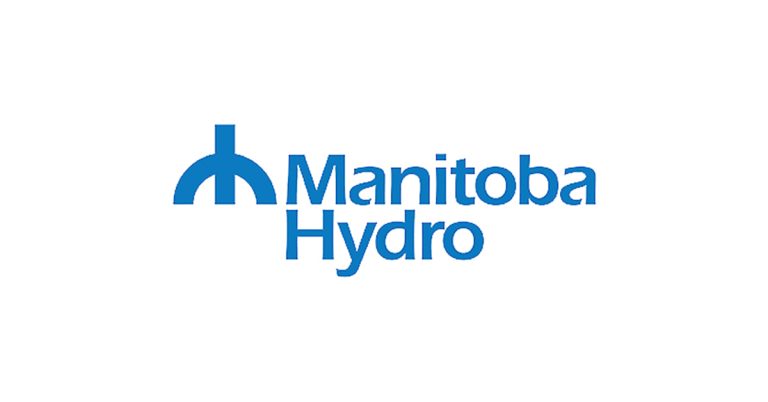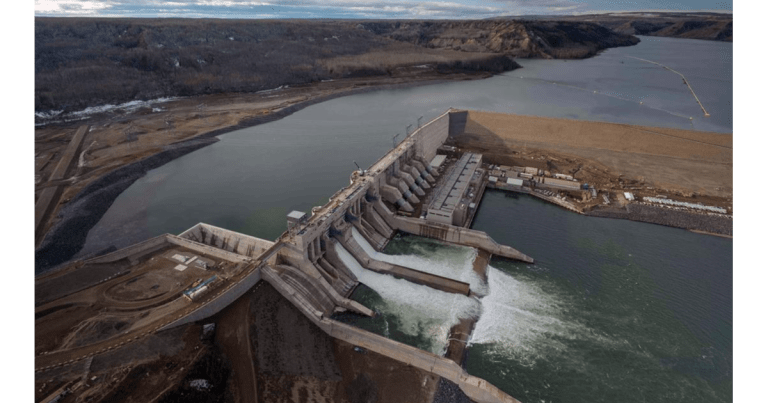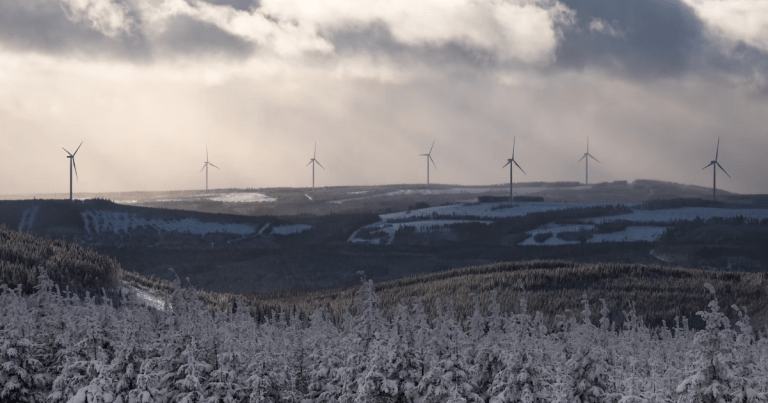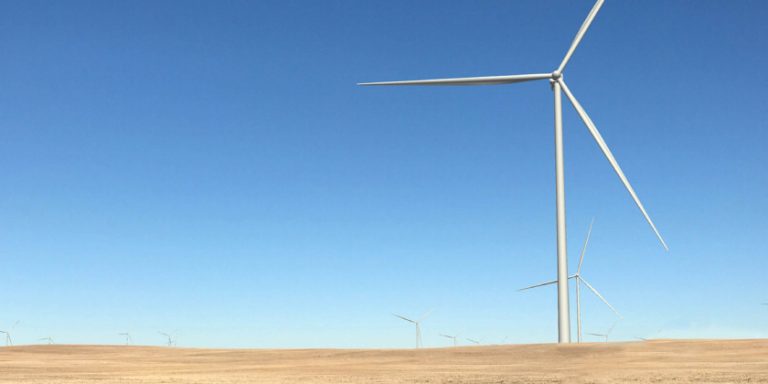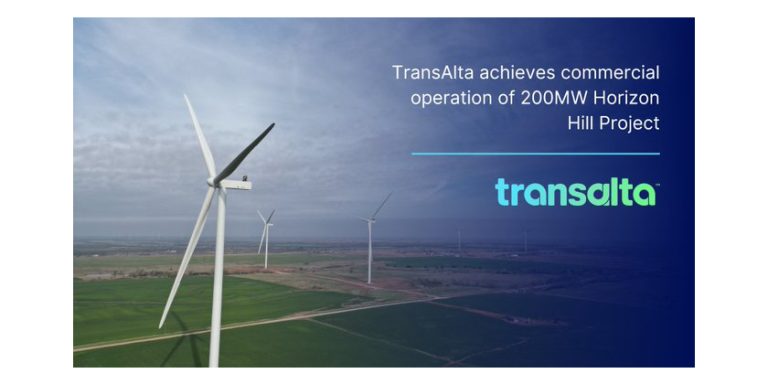Hydro-Québec is Upgrading its Transmission System for a Successful Energy Transition
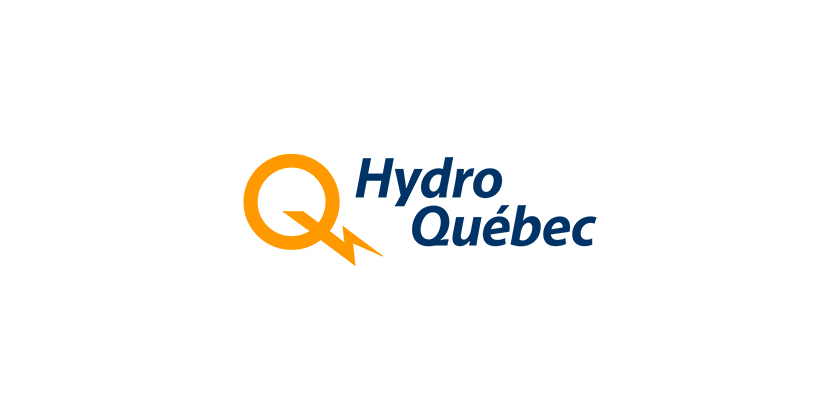
November 14, 2024
Hydro-Québec is presenting an important step in the evolution and strengthening of its 735-kV grid, the backbone of its power transmission system, a vital initiative to support the Québec energy transition. This announcement is in line with the Action Plan 2035 and aims to meet the growing need for clean and renewable electricity. This is one of the largest electricity transmission undertakings in recent decades.
The fight against climate change will require a significant increase in clean electricity. To handle this growth, an additional 60 TWh is required by 2035, which translates into between 8,000 and 9,000 MW of installed capacity. Hydro-Québec will need to reinforce the main transmission system to integrate new generation and ensure system reliability.
735-kV lines: the backbone of Québec’s energy system
Hydro-Québec’s transmission system consists of 34,000 km of high-voltage lines, a third of which are at 735,000 volts (735 kV). These 735-kV lines – a homegrown technological innovation – are essential for the efficient transmission of large quantities of power over long distances. Similar to major highways, they connect where electricity is generated and to where it is used.
Hydro-Québec is about to launch a major undertaking to upgrade this transmission system. The first phase will include the optimization of the existing system and the construction of almost 850?km of new 735-kV or 315-kV lines, as well as 5 strategic new substations in 3 areas. This infrastructure will allow new generation to be integrated into the grid, transmit additional energy across Québec and increase grid reliability and resilience to increasingly intense weather phenomena.
To successfully achieve this society-wide endeavour, hundreds of stakeholders will be consulted, thousands of workers will be mobilized and some $10 billion in investments will be required. Economic spinoffs for Québec will total over $7 billion and will benefit households across the province.
The task ahead is considerable, but social and environmental acceptability will be among our highest priorities.
Priority areas and collaboration with stakeholders
The upgrade of the main transmission system will be rolled out in six of Québec’s administrative regions and will involve more than 25 regional county municipalities (MRCs), almost 200 municipalities and some 11 Indigenous communities from 6 First Nations.
Three priority areas have been identified: Côte-Nord, Appalaches–Bas-Saint-Laurent and Vallée-du-Saint-Laurent. This will allow new power generation to be integrated into the grid and efficiently transmitted to consumption centres.
Next steps
Hydro-Québec has initiated consultations to discuss the upgrading of its main transmission system with representatives of First Nations, MRCs, municipalities and various regional groupings. These consultations are intended to present the areas under study and planned projects, deepen knowledge of the host environments and gather concerns. Hydro-Québec is thus abiding by one of the commitments made further to the dialogue on its Action Plan 2035: to consult concerned stakeholders early in the process. Discussions will continue over the coming months.
The new infrastructure will be commissioned progressively between 2031 and 2036.



